We need your help! This animal is trying to tell us something but we can’t figure it out! Do you know what this chameleon is thinking?
Post your ideas in the comment section below.
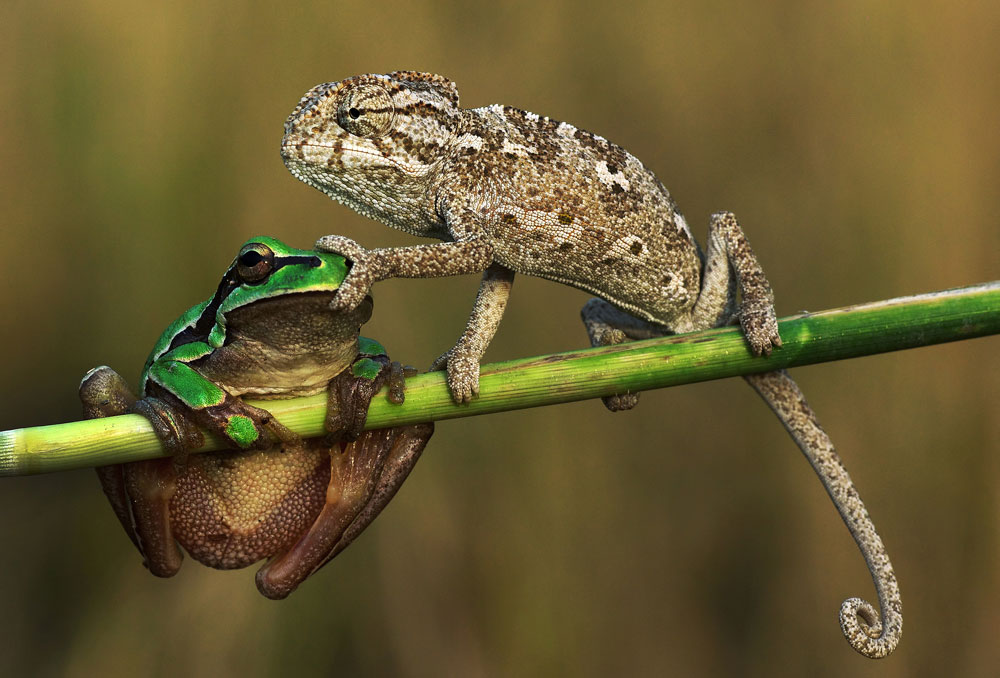
We need your help! This animal is trying to tell us something but we can’t figure it out! Do you know what this chameleon is thinking?

We’ve gotten tons of great guesses on Part 1 of the Pixel Puzzler, and now it’s time for the answer. Are you ready for the great reveal? Find out if you got it right!
The answer to this Pixel Puzzler is (drum roll please) a Monarch butterfly! How did you do? Tell us in the comments!
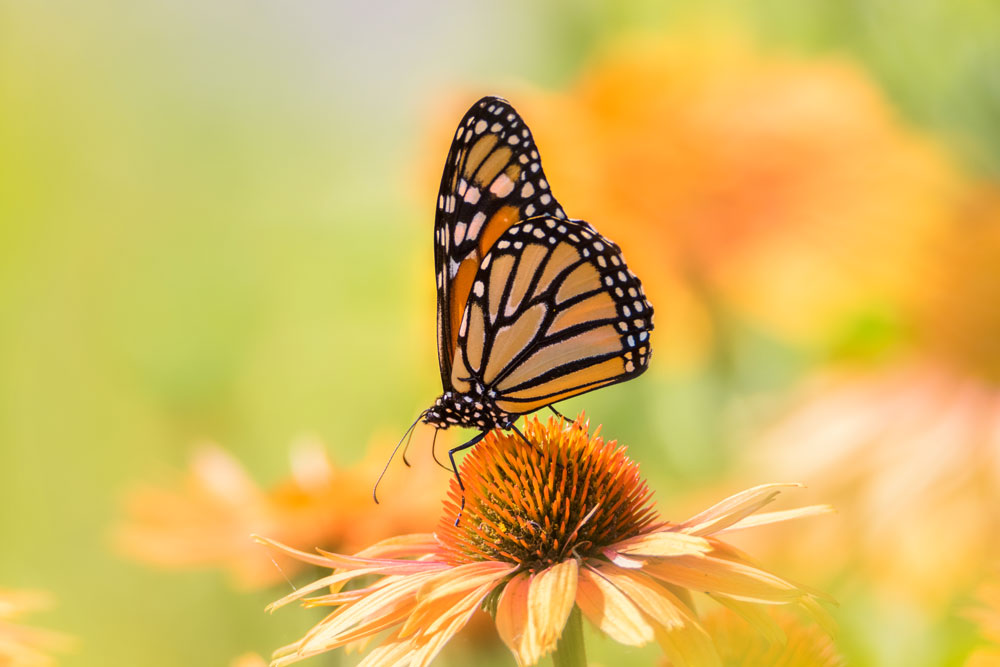
Male emperor penguins stand for 65 long, cold days and sometimes in blinding storms, to protect their offspring before they hatch. They don’t even get a bite to eat until their partners return to take over!
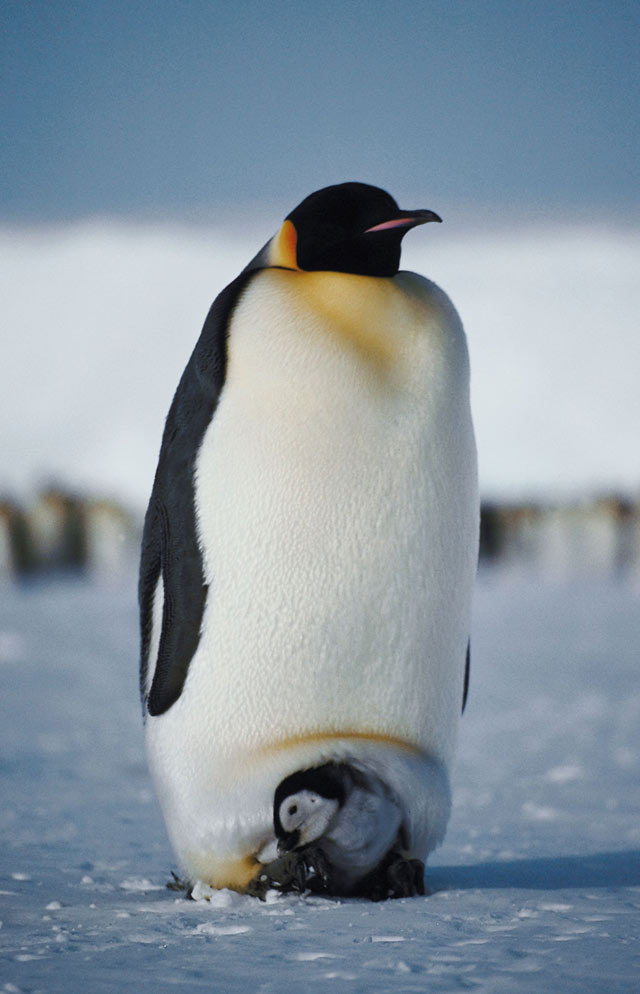
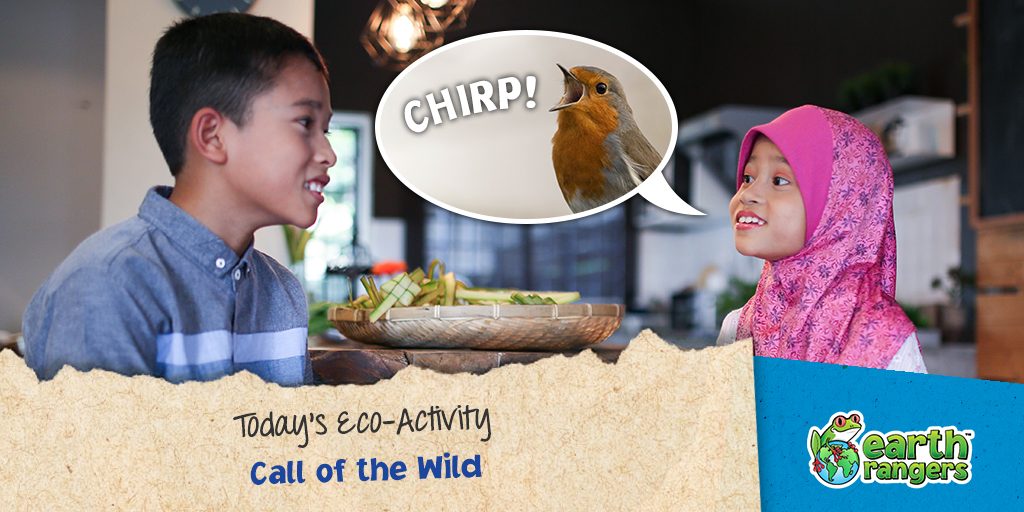
| Awooo! Roar! Meow! Glub! Seems like that would be pretty easy to remember, but what if you’re under intense game time pressure? Let’s see how you stand up with a little game we like to call Call of the Wild! |

| Objective: Keep the chain going as long as you can! Players: At least 2 Instructions: |
What was your longest chain? Let us know on social media using #EarthRangers!


Let’s put your animal identification skills to the test! Can you guess what animal is hidden in this picture? Make your guess in the comments.
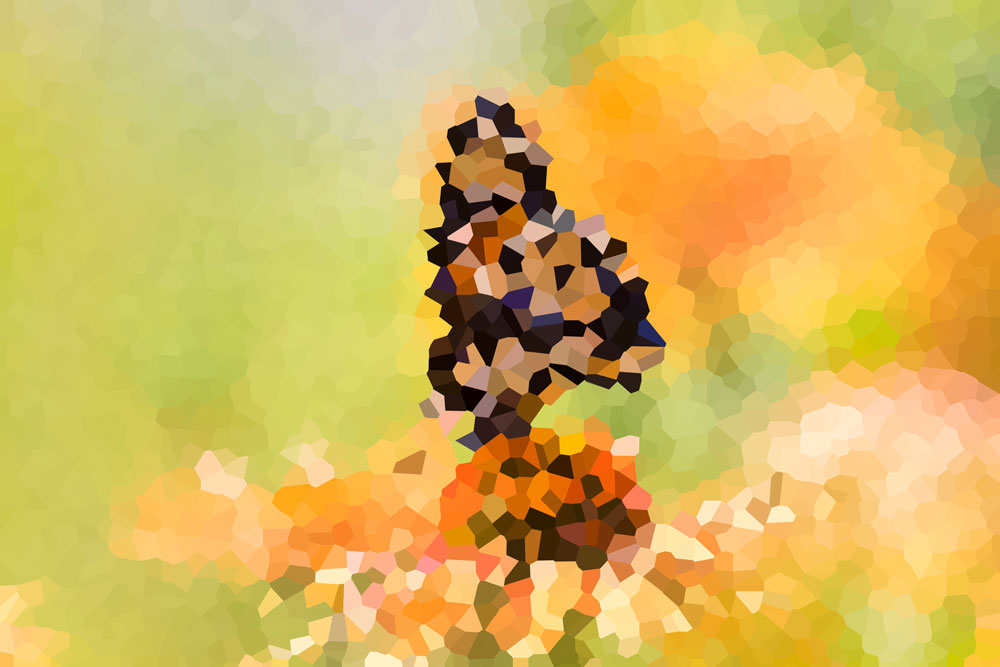
Looking for more fun stuff? Click here to come up with a funny caption, take a quiz or watch a cool video!

Emma has solved Adelia’s riddle and knows just where to go next. Before she takes off on her new adventure, she learns a thing or two about how the animals living in the Himalayas survive in its freezing temperatures.
In a stroke of genius, Emma figured out Adelia’s riddle! Do you know where she’s heading next?
It can get pretty cold up in the Himalayas, but the animals that live there have some special adaptions that help them survive. Do you know what these animals have in common?
Before Emma takes off, Juliette gives her a parting gift, a beautiful compass she got from Adelia. After saying goodbye and getting set up in her plane, Emma discovered this letter hidden in the compass.
Stay tuned for more episodes to find out what happens next!
The Single-use Plastic gang is up to no good and are causing all sorts of problems for the planet. Each member is designed to be used once and then thrown away. Not only does it take a lot of resources to make them, they also contribute to climate change and can be really bad for animals.
You’ll get 1 entry for every photo of you defeating (replacing) one of the Single-use Plastic gang, for a maximum of 10 entries. Upload all 10 photos at once, or upload some now and come back later to upload the rest—it’s up to you!
Three winners will be chosen and win an awesome prize pack that includes:
– $100 Visa gift card
– An Earth Rangers wheat straw lunch box
– An Earth Rangers water bottle
– An Earth Rangers frog plushie


The Single-use Plastic gang is up to no good and are causing all sorts of problems for the planet. Each member is designed to be used once and then thrown away. Not only does it take a lot of resources to make them, they also contribute to climate change and can be really bad for animals.
You’ll get 1 entry for every photo of you defeating (replacing) one of the Single-use Plastic gang, for a maximum of 10 entries. Upload all 10 photos at once, or upload some now and come back later to upload the rest—it’s up to you!
Three winners will be chosen and win an awesome prize pack that includes:
– $100 Visa gift card
– An Earth Rangers wheat straw lunch box
– An Earth Rangers water bottle
– An Earth Rangers frog plushie


Ever wonder how birds can tell which eggs are home to their chicks? Well it all has to do with the colour of the egg. Now, I know what you may be thinking, all birds have eggs look the same! And you know what, you are right. Bird eggs all look the same…to humans.
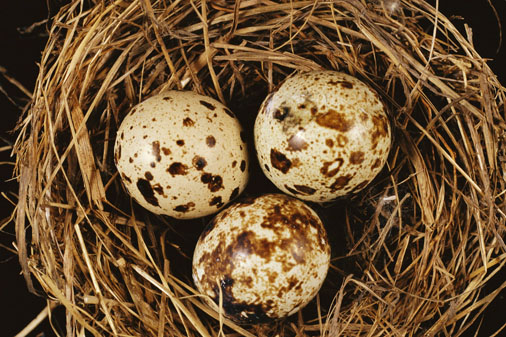
Researchers have discovered that birds have the ability to see ultraviolet (UV) light, which humans cannot. This could explain how, when a white egg looks like every other white egg to us, birds can see distinctive markings and can tell which ones have their chicks.